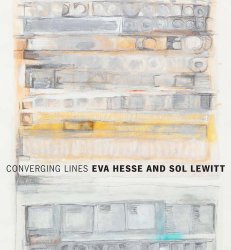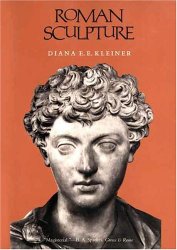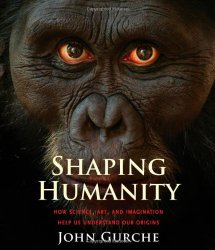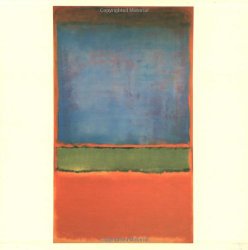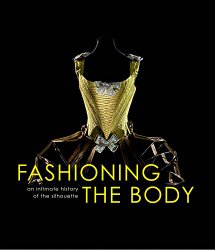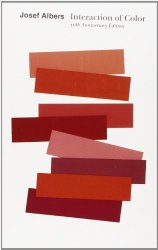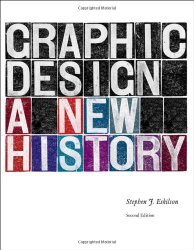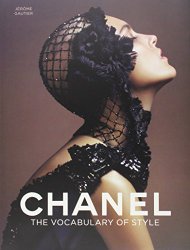One of the most important American artists of the 20th century, Donald Judd (19281994) pioneered the use of industrial materials and fabrication in serial forms to redefine the relationships between artist, art object, viewer, and space, and usher in the Minimalist style. His signature work transformed in 1984 when he radically revised his approach to color after learning …
Yale University Press
Eva Hesse and Sol LeWitt formed a close friendship between the late 1950s and Hesse’s death in 1970. Converging Lines celebrates this friendship and offers an illuminating look at their close-knit New York circle. Whereas previous scholarship has examined LeWitt’s impact on Hesse, this is the first publication to demonstrate that the artists influenced each other’s art and …
Roman sculpture was an integral part of Roman life, and the Romans placed statues and reliefs in their flora, basilicas, temples and public baths as well as in their houses, villas, gardens and tombs. In this illustrated book, Diana Kleiner discuses all the major public and private monuments in Rome, as well as many less well-known monuments in …
Shaping Humanity: How Science, Art, and Imagination Help Us Understand Our Origins
What did earlier humans really look like? What was life like for them, millions of years ago? How do we know? In this book, internationally renowned paleoartist John Gurche describes the extraordinary process by which he creates forensically accurate and hauntingly realistic representations of our ancient human ancestors. Inspired by a lifelong fascination with all things prehistoric, and gifted …
This is the first volume of the catalogue raisonne of the work of Mark Rothko, the abstract artist. It documents Rothko’s entire output of paintings on canvas and panel, reproducing all the works in colour. An introductory text investigates the essential features of Rothko’s …
Prior to the invention of photography, European and American magazines used colorful prints to depict the latest fashion trends. These illustrations, known as “fashion plates,” conveyed the cutting-edge styles embraced by the fashion-conscious elite and proved inspirational to the upwardly mobile. Fashion Plates: 150 Years of Style is a comprehensive survey containing 200 fashion plates, many reproduced at …
This unique survey offers fascinating insights into the convoluted transformations employed by both men and women to accommodate the fickle dictates of fashion. With high design, wit, and style, Fashioning the Body tracks the evolution of these sartorial devices—from panniers, crinolines, and push-up bras to chains, zippers, and clasps—concealed beneath outer layers in order to project idealized figures. …
Josef Albers’s Interaction of Color is a masterwork in art education. Conceived as a handbook and teaching aid for artists, instructors, and students, this influential book presents Albers’s singular explanation of complex color theory principles. Originally published by Yale University Press in 1963 as a limited silkscreen edition with 150 color plates, Interaction of Color first appeared …
Now in its second edition, this innovative look at the history of graphic design explores its evolution from the 19th century to the present day. Author Stephen J. Eskilson demonstrates how a new era began for design arts under the influence of Victorian reformers, tracing the emergence of modernist design styles in the early 20th century, and examining …
Gabrielle Bonheur “Coco” Chanel (1883-1971) was undoubtedly the most influential fashion designer of the 20th century. Her clothes and accessories have remained perennially chic, and her legendary fashion house continues to exert a powerful sway over today’s designers. Jérôme Gautier tells the story of Chanel’s iconic style through hundreds of images, many taken by the leading lights of …

